Home>Storage Ideas>Kitchen Storage>8 Kitchen Organizing Mistakes You’re Probably Making
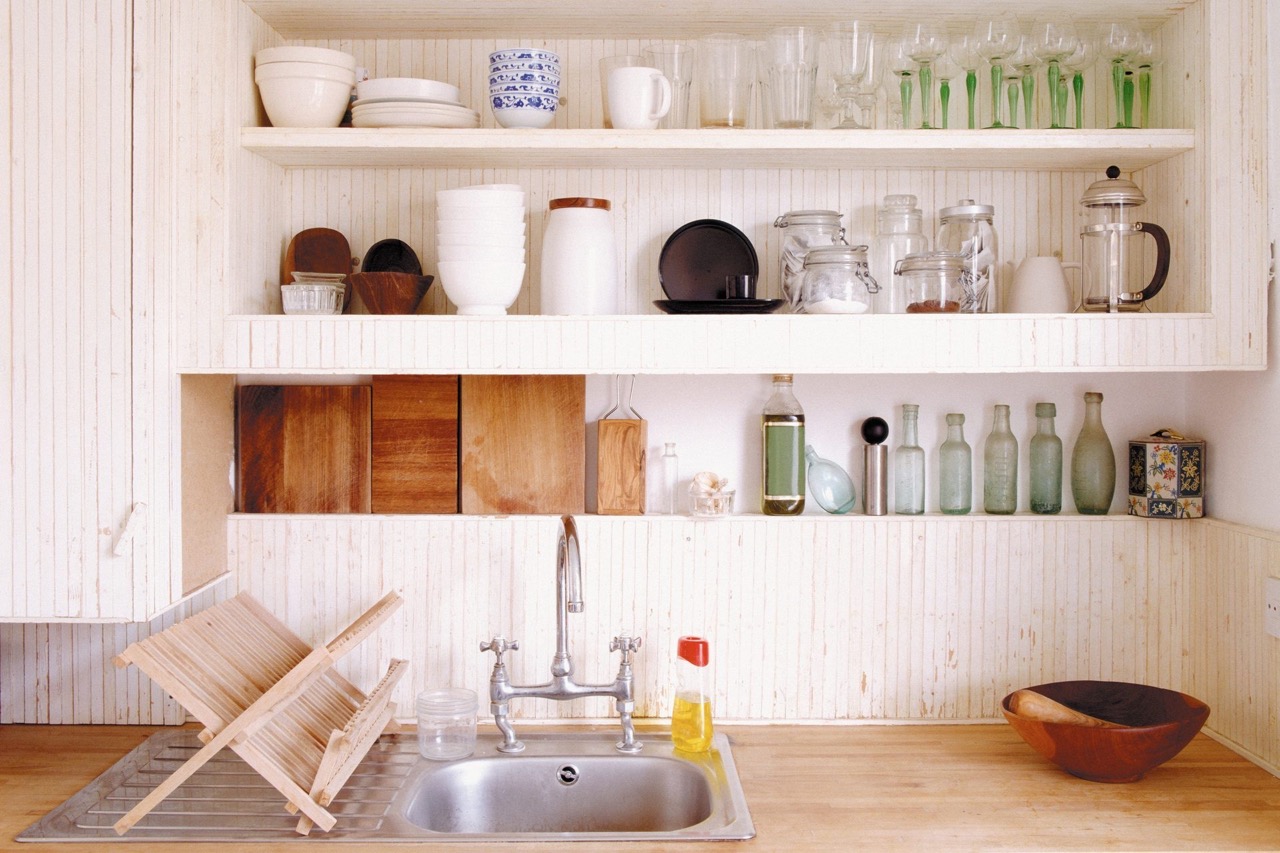

Kitchen Storage
8 Kitchen Organizing Mistakes You’re Probably Making
Modified: October 20, 2024
Avoid these common kitchen organizing mistakes and discover helpful kitchen storage ideas to maximize your space and streamline your cooking routine.
(Many of the links in this article redirect to a specific reviewed product. Your purchase of these products through affiliate links helps to generate commission for Storables.com, at no extra cost. Learn more)
Introduction
Welcome to the world of kitchen organization! If you are spending precious minutes searching for that misplaced spice jar or struggling to find a matching lid for your containers, it’s time to reevaluate your kitchen storage strategy. A well-organized kitchen not only saves time and reduces stress but also maximizes the use of space and enhances the overall functionality of your culinary haven.
But fear not! In this article, we will explore eight common kitchen organizing mistakes that you might be making and provide you with practical solutions to rectify them. From decluttering to customizing your storage system, we will cover everything you need to know to create a well-organized and efficient kitchen.
So, let’s dive in and discover the secrets to a clutter-free and functional kitchen space!
Key Takeaways:
- Declutter before organizing to create space and efficiency. Assess your storage needs and customize your system for a well-organized kitchen that suits your cooking style and preferences.
- Utilize vertical space, maximize organizers, and maintain organization to create a clutter-free and functional kitchen. Pay attention to expiration dates and customize your system for a joyful cooking experience.
Mistake #1: Neglecting to declutter before organizing
One of the biggest mistakes people make when attempting to organize their kitchen is skipping the crucial step of decluttering. Before you can effectively organize your kitchen, you need to get rid of items that are no longer useful or relevant. Decluttering helps you create more space and makes it easier to find and access the items you actually need.
Start by going through every cabinet, drawer, and countertop surface in your kitchen. Take out items that you haven’t used in months or those that are broken, expired, or simply no longer serve a purpose in your kitchen. Be ruthless in your decision-making process and keep only the essentials.
As you declutter, consider donating or selling items that are in good condition but no longer needed. This not only helps declutter your space but also allows someone else to benefit from the items. Recycle or responsibly dispose of any items that cannot be reused.
Once you have decluttered, take a moment to assess what you have left. Consider your cooking and baking habits, your storage needs, and the amount of space you have available. This will help you determine the best way to organize your kitchen and make the most of the space you have.
Remember, organizing is an ongoing process. Even after decluttering, periodically reassess your kitchen items to ensure you’re only keeping what you truly need and use. Investing time in decluttering before organizing will set a strong foundation for an organized and efficient kitchen.
Mistake #2: Overloading cabinets and drawers
One common mistake that many people make when organizing their kitchen is overloading cabinets and drawers. It’s easy to fill up every available space with pots, pans, dishes, and utensils, but overcrowding can lead to frustration and inefficiency.
When cabinets and drawers are packed to the brim, it becomes difficult to find what you need when you need it. Items get jumbled together, leading to a messy and chaotic kitchen. It’s time to give your cabinets and drawers some breathing room.
Start by taking everything out of your cabinets and drawers and grouping similar items together. Assess each item and ask yourself if you really need it or if it’s something you can live without. Consider donating or selling items that you rarely use or those that have duplicates.
Once you have decluttered, begin organizing your cabinets and drawers in a way that maximizes space and efficiency. Consider investing in drawer organizers, shelf dividers, and cabinet risers to create separate areas for different items. Use vertical space by installing hooks or organizers on the inside of cabinet doors for hanging utensils or pot lids. This not only saves space but also makes it easier to access these items when needed.
When it comes to organizing pots and pans, stack them by size with the lids placed neatly alongside. Utilize pot lid organizers or install a tension rod in a cabinet to create a secure spot for lid storage.
Remember, organizing is not just about fitting everything into a space; it’s about creating a functional and efficient system. Avoid overloading cabinets and drawers, and leave some empty space to make finding and accessing items much easier. Your kitchen will feel more spacious, less cluttered, and a joy to work in.
Mistake #3: Ignoring proper categorization
When it comes to organizing your kitchen, proper categorization is key. Ignoring this crucial step can lead to a disorganized and frustrating cooking experience. By categorizing your items, you create a logical and systematic arrangement that makes it easier to find what you need.
Start by identifying the main categories in your kitchen. This can include items such as cooking utensils, bakeware, spices, canned goods, and cleaning supplies. Once you have determined your categories, assign specific areas or storage solutions for each one.
For example, designate a drawer or container for your cooking utensils such as spatulas, tongs, and whisks. Keep your bakeware and baking tools together in a designated cabinet or drawer. Organize your spices by placing them in a spice rack or drawer organizer, grouped by their purpose or alphabetically.
By properly categorizing your kitchen items, you create a streamlined and efficient system. You no longer have to rummage through multiple drawers or cabinets to find what you need. Instead, you can quickly locate the specific category and retrieve the desired item.
Additionally, proper categorization can help you identify items that you may have duplicates of or items that you rarely use. This allows you to further declutter and simplify your kitchen storage.
As you organize, consider the frequency of use. Store items that you use on a regular basis in easily accessible areas, while placing less frequently used items in higher or harder-to-reach places. This will help optimize your storage space and make your everyday cooking tasks more efficient.
Remember, the key to proper categorization is consistency. Once you’ve assigned categories, make it a habit to return items to their designated spots after use. This will help maintain an organized kitchen and ensure that everything stays in its rightful place.
Mistake #4: Failing to utilize vertical space
When it comes to maximizing kitchen storage, many people overlook the importance of utilizing vertical space. The walls of your kitchen offer valuable real estate that can be utilized to store items and create additional storage solutions.
One of the simplest ways to utilize vertical space is by installing shelves or racks on your kitchen walls. These can be used to store commonly used items such as spices, cookbooks, or decorative pieces. By placing these items on shelves, you free up valuable counter space and create a visually pleasing arrangement.
Another effective method to utilize vertical space is by installing hooks or pegboards. These can be placed on the walls or inside cabinet doors, providing a convenient spot to hang pots, pans, utensils, and other kitchen tools. This not only frees up drawer or cabinet space but also makes these items easily accessible.
If you have tall cabinets, consider installing stacking shelves or risers. These allow you to make use of the vertical space within the cabinet, creating additional storage levels for bowls, plates, or food containers. You can also use tension rods to create dividers within cabinets, keeping items separated and organized.
Don’t forget about the space above your cabinets. Use decorative baskets, bins, or even stylish storage boxes to store less frequently used items such as extra cookware or serving dishes. This way, you can keep these items within reach but out of sight, maintaining a cleaner and more organized kitchen space.
Utilizing the vertical space in your kitchen not only adds extra storage but also creates a visually appealing display. It allows you to keep frequently used items within arm’s reach while keeping the countertops free and uncluttered.
Remember, when utilizing vertical space, consider accessibility and functionality. Ensure that the items you store are easily reachable and make sense for the flow of your kitchen. By utilizing vertical space effectively, you can optimize your storage capacity and create a more organized kitchen environment.
Store items based on frequency of use. Keep everyday items easily accessible and reserve higher shelves or less convenient spaces for occasional use items.
Mistake #5: Not maximizing the use of organizers
When it comes to kitchen organization, the right organizers can make a world of difference. Yet, many people make the mistake of not utilizing organizers to their full potential. These handy tools can help create order and maximize the use of space in your kitchen.
One of the most versatile and widely used organizers is the drawer organizer. Whether it’s for utensils, cutlery, or small gadgets, a drawer organizer helps keep items neatly separated and allows for easy access. Consider adjustable drawer dividers to accommodate various sizes of kitchen tools.
For cabinets, utilize stacking shelf organizers to create additional storage levels. These are especially useful for stacking cups, bowls, or plates, saving space and keeping items organized. Lazy Susans are another popular choice for corner cabinets, allowing you to access items stored at the back easily.
Don’t forget about your pantry! Pantry organizers such as can racks, spice racks, and tiered shelves help maximize space and keep items visible. Use clear plastic bins or baskets to group similar items, making it easier to find what you need and keeping your pantry clutter-free.
Hanging organizers can also be a game-changer in the kitchen. Install a rack or hooks on the inside of cabinet doors to hang measuring spoons, oven mitts, or cutting boards. This not only saves space but also keeps these items easily accessible while cooking.
When it comes to storing plastic containers and lids, consider using a dedicated organizer specifically designed for this purpose. These organizers keep all your containers and lids neatly stacked and prevent them from becoming a jumbled mess. You can also use file organizers to store cutting boards vertically, saving space and making them easier to grab when needed.
By maximizing the use of organizers in your kitchen, you create designated spaces for your belongings. Everything has a proper place, making it easier to find what you need and keeping your kitchen clutter-free. Additionally, using organizers can help extend the lifespan of your kitchen tools and prevent them from getting damaged or misplaced.
Remember, the success of organizers relies on consistency. Make it a habit to return items to their designated spots after use, ensuring that the organization system remains intact. By effectively utilizing organizers, you can transform your kitchen into a well-organized and functional space.
Mistake #6: Disregarding expiration dates
One of the most important aspects of kitchen organization is properly managing and monitoring the expiration dates of food and pantry items. However, it’s a mistake that many people make by disregarding expiration dates, leading to wasted food and potential health risks.
Expired food not only loses its taste and nutritional value but can also harbor harmful bacteria and toxins. It’s crucial to regularly check the expiration dates on all food items, including dry goods, canned foods, condiments, and spices. By doing so, you can ensure that you are consuming safe and fresh ingredients.
Start by going through your pantry and refrigerator, item by item, and check for expiration dates. Dispose of anything that has expired or is close to expiring. When restocking your pantry, practice the “first in, first out” rule. This means placing newer items at the back and bringing older items to the front, ensuring that you use them before they expire.
When it comes to spices, they may not have a specific expiration date but can lose their flavor and potency over time. Consider labeling your spices with the date of purchase to help you keep track of their freshness. Generally, ground spices last about 1-3 years, while whole spices can last up to 4 years.
Aside from expiration dates, pay attention to the freshness of other items as well. For example, oils can go rancid over time, so it’s important to check their freshness before using them in your cooking.
Properly organizing your pantry and refrigerator is also crucial for monitoring expiration dates. Create separate areas or sections for different categories of food, making it easier to see what you have and what needs to be consumed soon. Consider using clear storage containers or bins to keep track of perishable items such as fruits and vegetables.
By not disregarding expiration dates, you not only save money by reducing food waste but also prioritize your health and safety. Regularly checking and monitoring expiration dates will help you keep a well-organized and fresh kitchen.
Mistake #7: Neglecting to maintain organization
One common mistake that many people make after organizing their kitchen is neglecting to maintain that organization over time. While the initial organization effort is important, maintaining it is equally crucial to keeping your kitchen running smoothly. Neglecting to maintain organization can quickly lead to a return to a cluttered and frustrating space.
The key to maintaining organization is consistency. Make it a habit to clean up and put things back in their designated spots after each use. This includes dishes, utensils, pantry items, and cooking tools. It may take a little extra effort in the beginning, but it will save you time and stress in the long run.
Another helpful tip is to designate a specific time each week to declutter and reorganize. This can be as simple as taking a few minutes every Sunday evening to clear off countertops, wipe down surfaces, and reassess the organization of your kitchen. Regular maintenance ensures that items don’t pile up and that everything stays in its proper place.
Take advantage of small pockets of time throughout the day to tidy up and maintain organization. For example, while waiting for water to boil or food to bake, you can quickly unload the dishwasher or put away clean dishes. These small actions contribute to an overall organized and functional kitchen.
Don’t forget to involve your family or housemates in maintaining kitchen organization. Set clear expectations and encourage everyone to clean up after themselves. By working together, you can establish a routine that keeps the kitchen tidy and organized for everyone to enjoy.
Regularly assess your storage needs and make adjustments as necessary. Your cooking habits may change over time, or you may acquire new kitchen tools or appliances. Be open to adapting your organization system to accommodate these changes. This might involve rearranging drawer dividers, adding additional shelves, or investing in new organizers that better suit your needs.
Lastly, take the time to appreciate and enjoy your organized kitchen. A well-organized space not only makes cooking more efficient but also creates a pleasant environment to work in. Embrace the benefits of an organized kitchen, such as reduced stress, increased productivity, and a sense of pride in your culinary sanctuary.
By actively maintaining organization in your kitchen, you can ensure that your efforts to create an organized space are long-lasting. A little consistency and effort go a long way towards maintaining a clutter-free and functional kitchen.
Mistake #8: Not customizing the organization system to fit your needs
When organizing your kitchen, one mistake that people often make is failing to customize the organization system to fit their specific needs. Every kitchen is unique, and what works for one person may not necessarily work for another. It’s essential to tailor your organization system to accommodate your specific cooking style, storage needs, and available space.
Start by assessing your cooking habits and the types of items you use most frequently. Are you an avid baker? Do you enjoy experimenting with different spices and ingredients? Consider your specific needs as you plan your organization system.
For example, if you love baking, designate a specific area for your baking supplies. Keep your mixing bowls, measuring cups, and baking pans within easy reach. Consider using labeled bins or containers to store your baking ingredients, such as flour, sugar, and baking powder, for quick and efficient access.
If you’re an avid home chef, prioritize easy access to your go-to cooking utensils and pots and pans. Have them stored near your stove or in a nearby drawer or cabinet. Use drawer organizers to keep your knives and other utensils organized and easily accessible.
Clear countertops are often desired, but if you use certain appliances frequently, such as a toaster, coffee maker, or blender, find a dedicated spot on the counter for them. This will save you the hassle of constantly taking them out and putting them away.
Take an inventory of your pantry and determine the best way to organize it based on your specific needs. If you have dietary restrictions or preferences, group together items that fit those categories. Utilize clear containers or labels to keep track of bulk goods, grains, or snacks.
Remember to work with the space you have. If you have limited cabinet or drawer space, consider utilizing vertical storage options or investing in freestanding shelves or racks for additional storage. Look for unused space, such as the back of cabinet doors or the space above your refrigerator, and find creative ways to utilize it for storage.
Don’t be afraid to experiment and make adjustments as you go. Your organization system should evolve with your needs and as you discover what works best for you. Flexibility is key, and finding a system that perfectly fits your needs will make cooking and meal preparation a breeze.
By customizing your organization system to fit your specific needs, you create a kitchen space that is not only organized but also tailored to your cooking style and preferences. This personalized approach will enhance your overall cooking experience and make the act of being in the kitchen more enjoyable.
Conclusion
Congratulations! You’ve reached the end of our journey through common kitchen organizing mistakes and how to rectify them. By being mindful of these mistakes and implementing the solutions provided, you can transform your kitchen into a well-organized and efficient space.
Remember, decluttering is the first step to creating an organized kitchen. Get rid of items you no longer need or use, and make space for the essentials. Proper categorization is crucial for finding what you need quickly and maintaining order. Take advantage of vertical space by using shelves, hooks, and stacking organizers to maximize storage capacity.
Make the most of organizers to keep everything in its proper place and maintain a clutter-free environment. Pay attention to expiration dates to ensure the freshness and safety of your pantry items. Regularly maintain your organization system by cleaning up and putting things back in their designated spots. And finally, customize your organization system to suit your specific needs and cooking style.
An organized kitchen not only saves you time and reduces stress but also enhances the functionality and enjoyment of your culinary endeavors. It paves the way for creativity, efficiency, and a smooth cooking experience. So, take the knowledge you’ve gained and start implementing these strategies today!
Remember, organizing is an ongoing process, so stay committed and make it a part of your routine. With persistence and consistency, you can create a kitchen that inspires creativity, fosters joy, and allows you to cook with ease.
Now, equip with these kitchen storage ideas and start transforming your kitchen into a well-organized and efficient space that will streamline your cooking process and bring joy to your daily culinary adventures!
Frequently Asked Questions about 8 Kitchen Organizing Mistakes You're Probably Making
Was this page helpful?
At Storables.com, we guarantee accurate and reliable information. Our content, validated by Expert Board Contributors, is crafted following stringent Editorial Policies. We're committed to providing you with well-researched, expert-backed insights for all your informational needs.
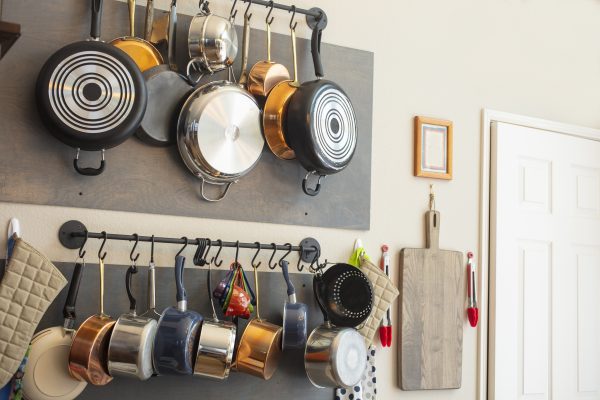
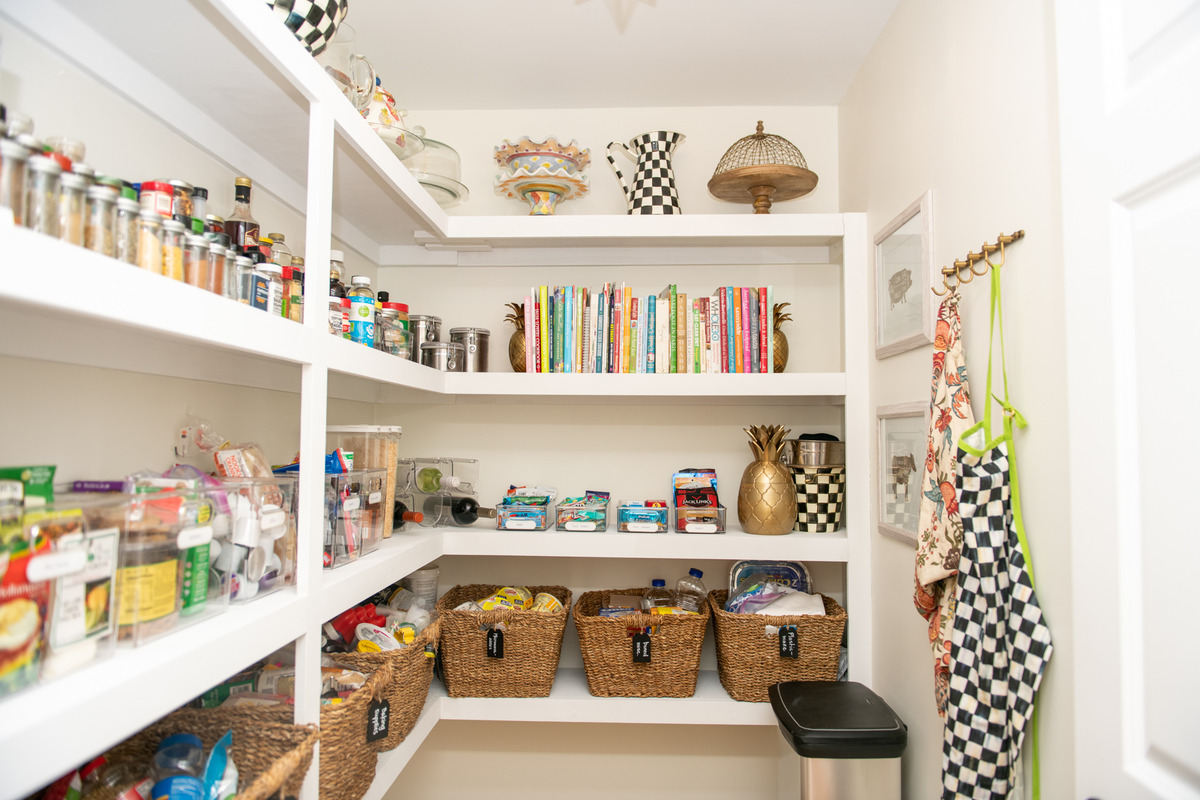

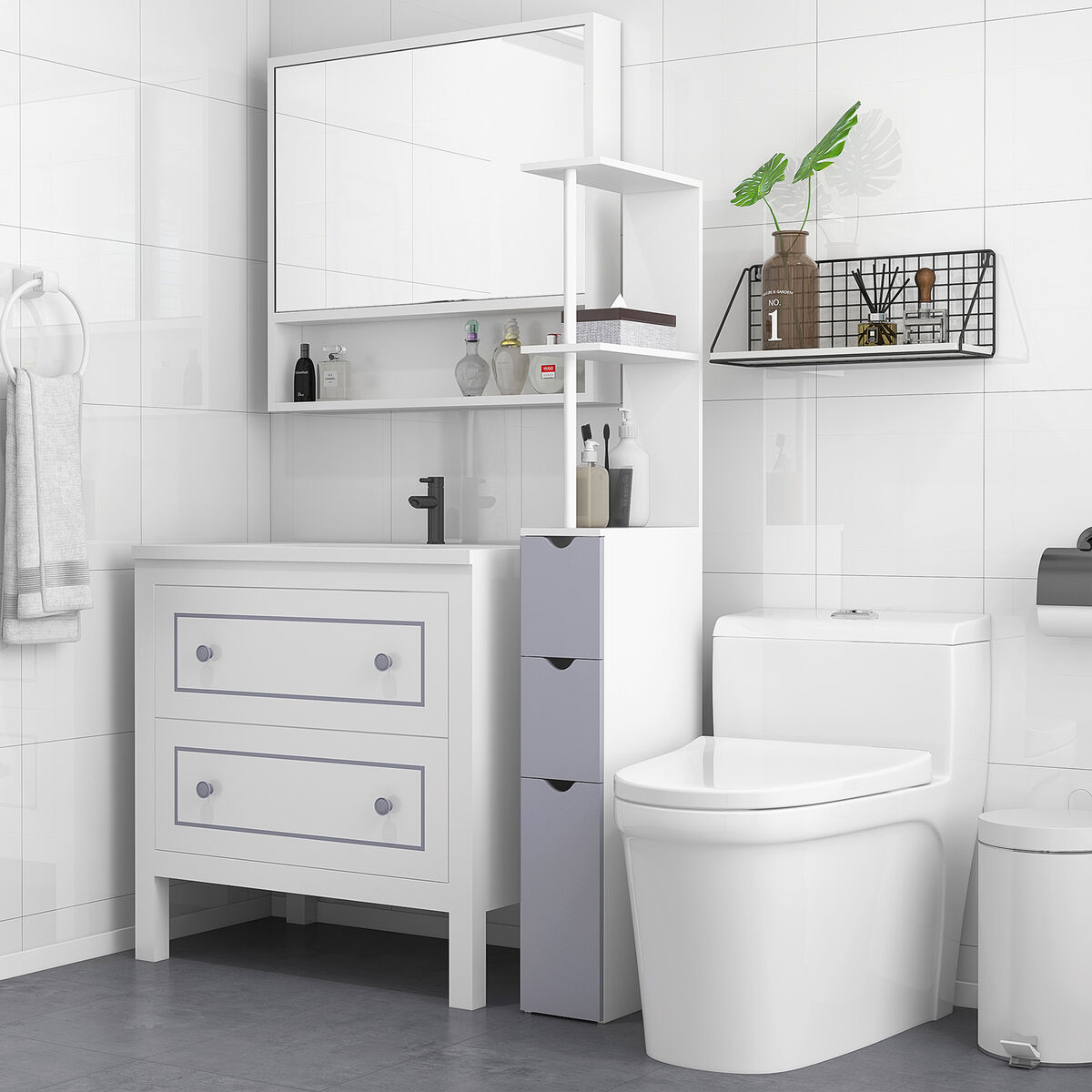


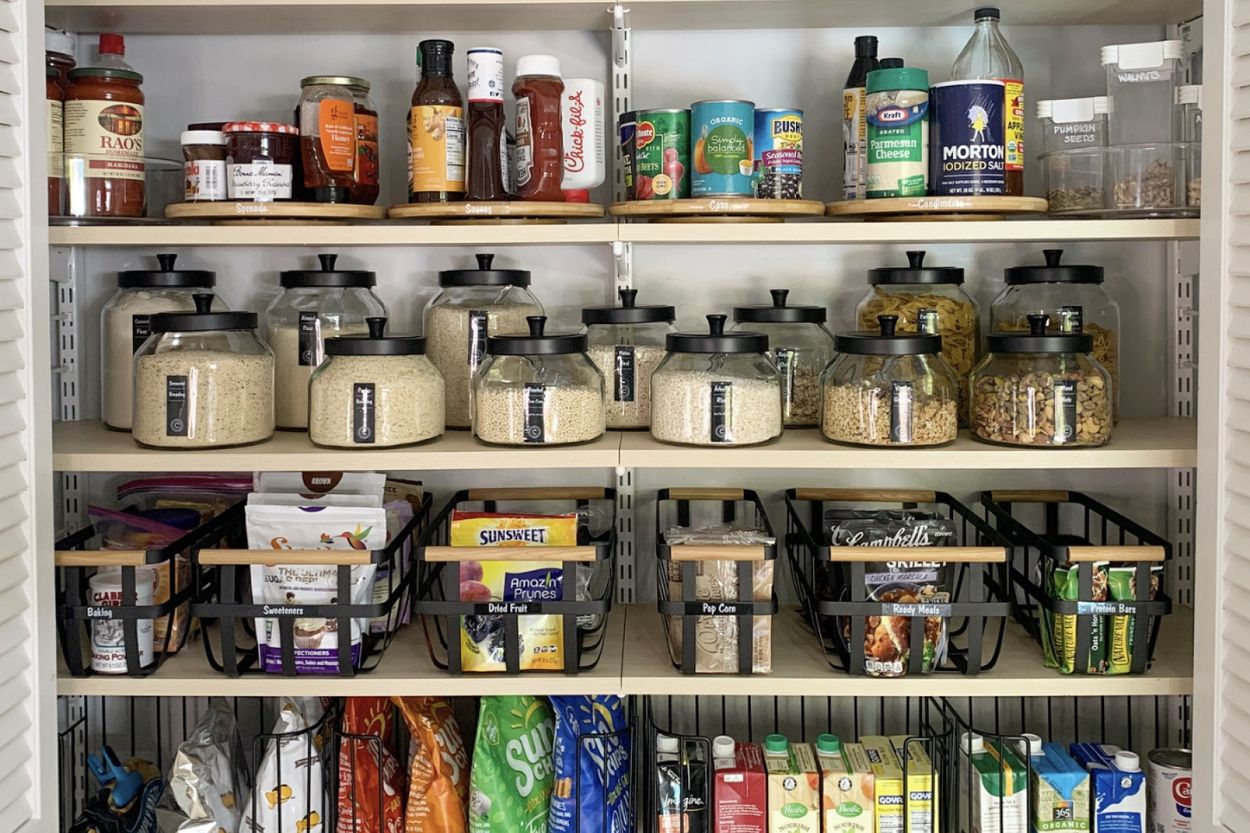
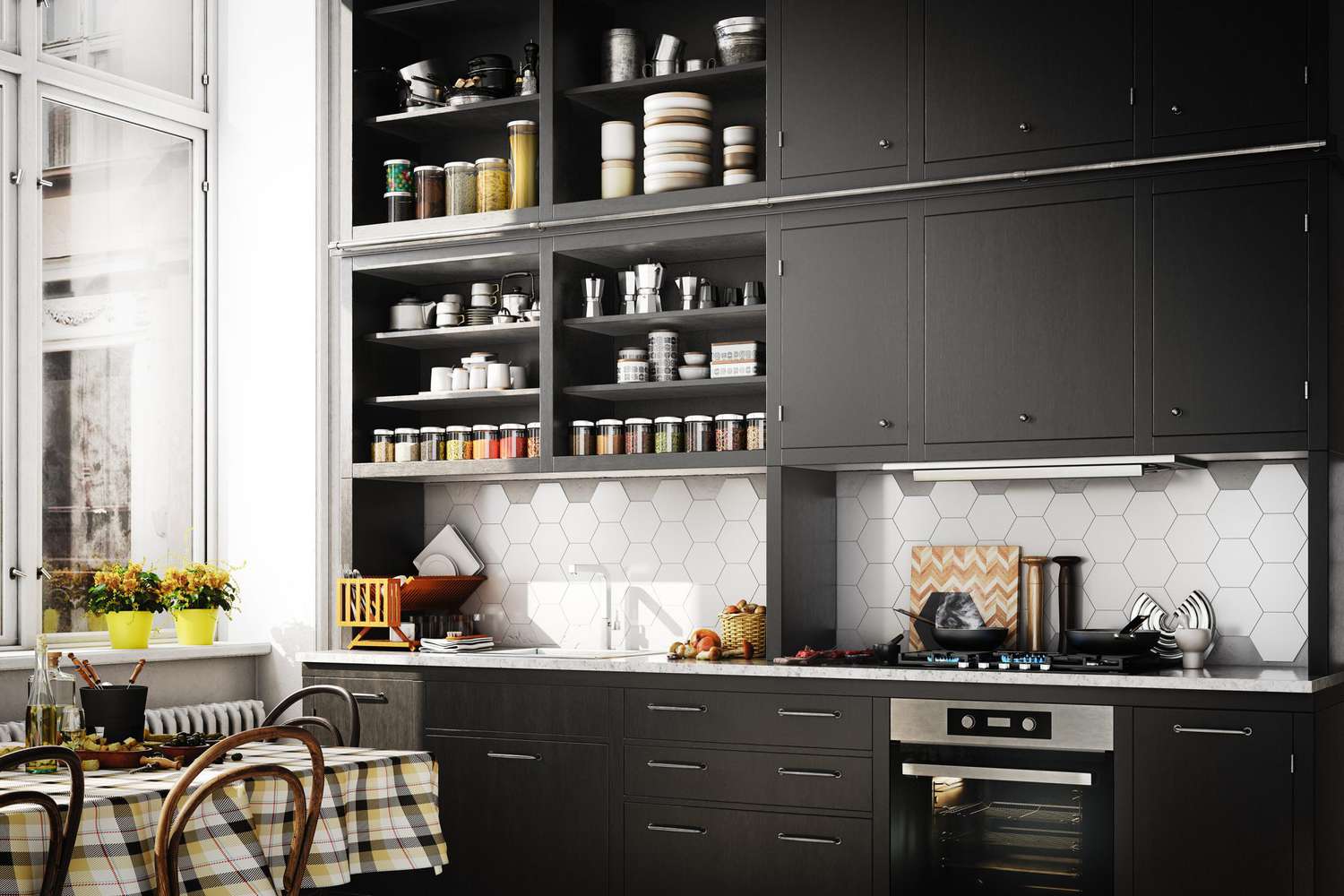
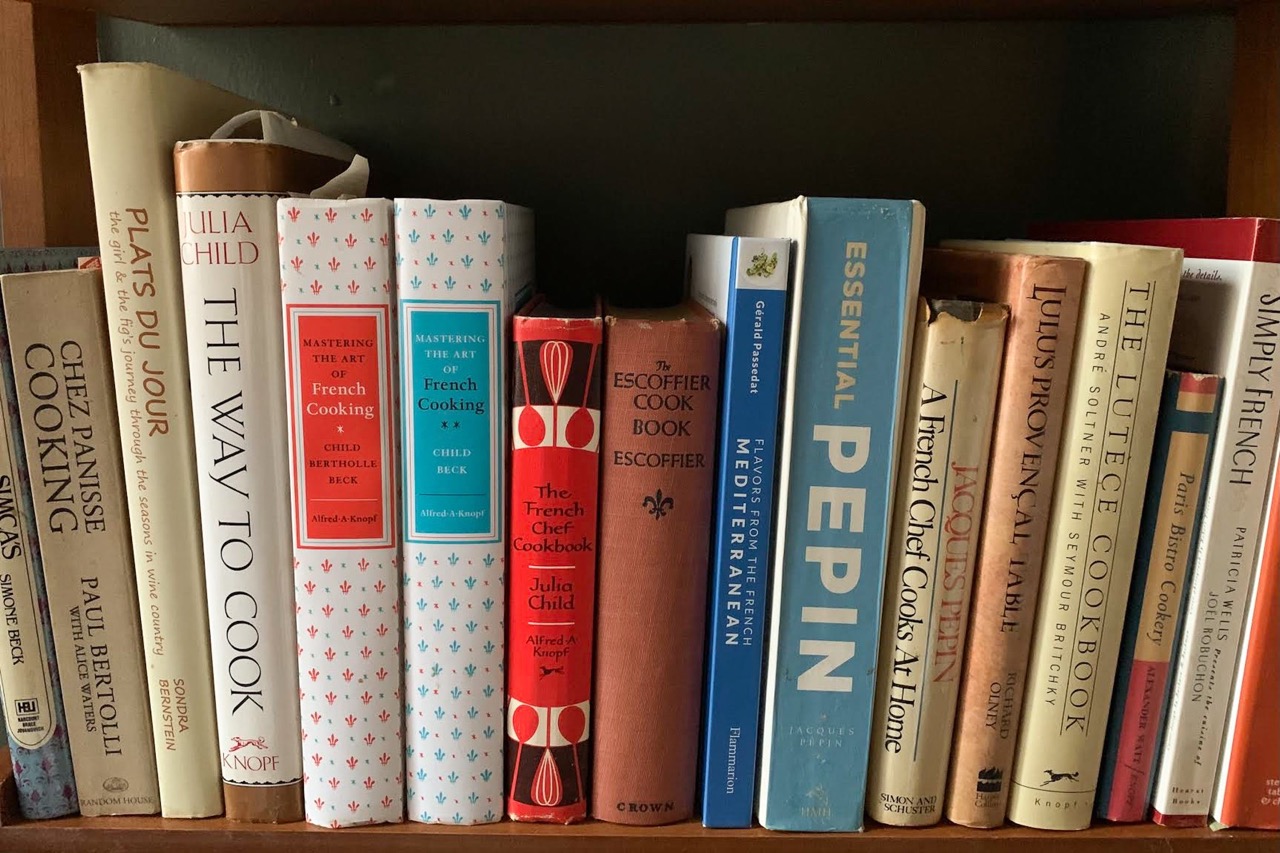
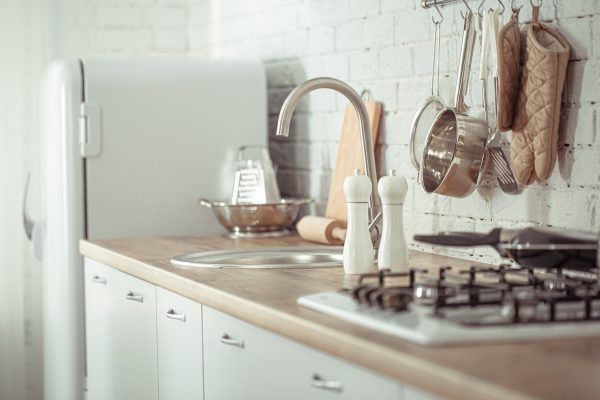
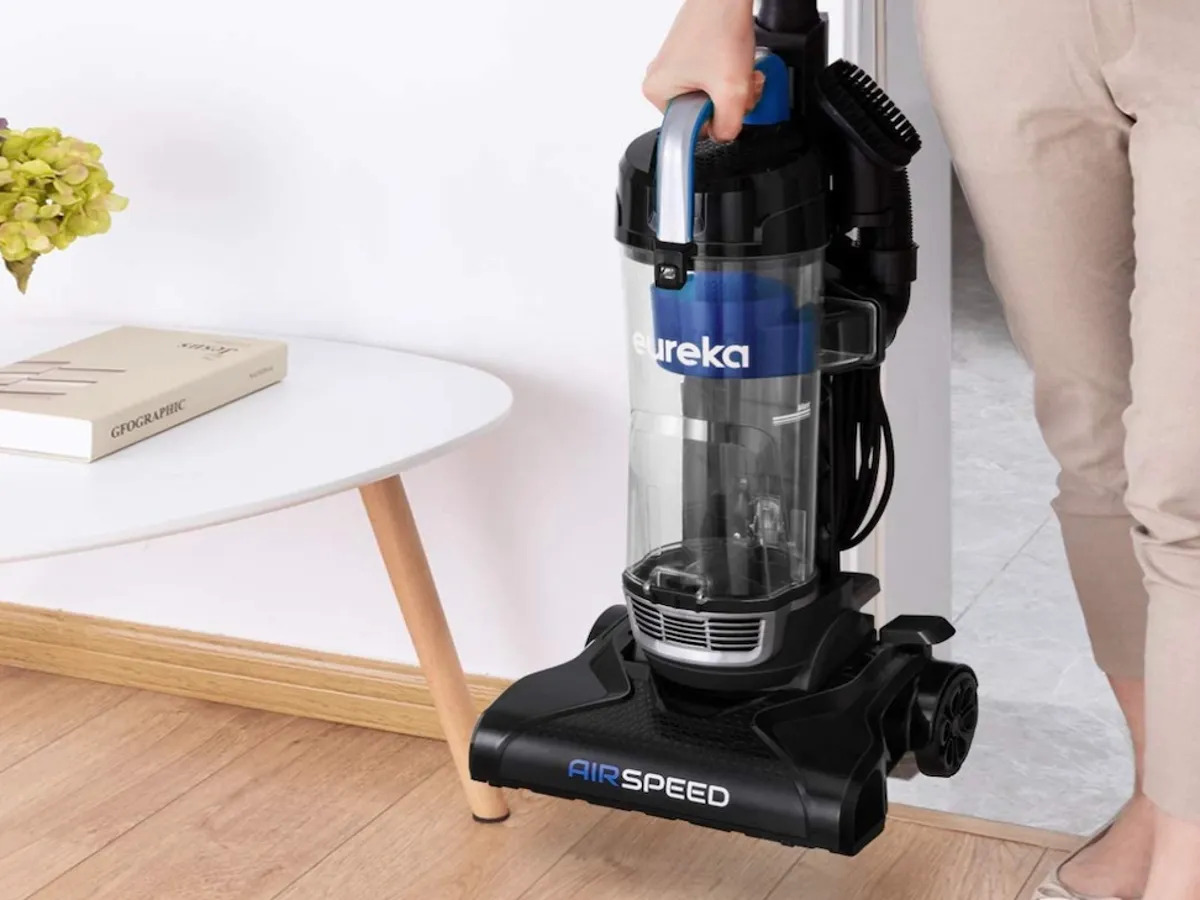
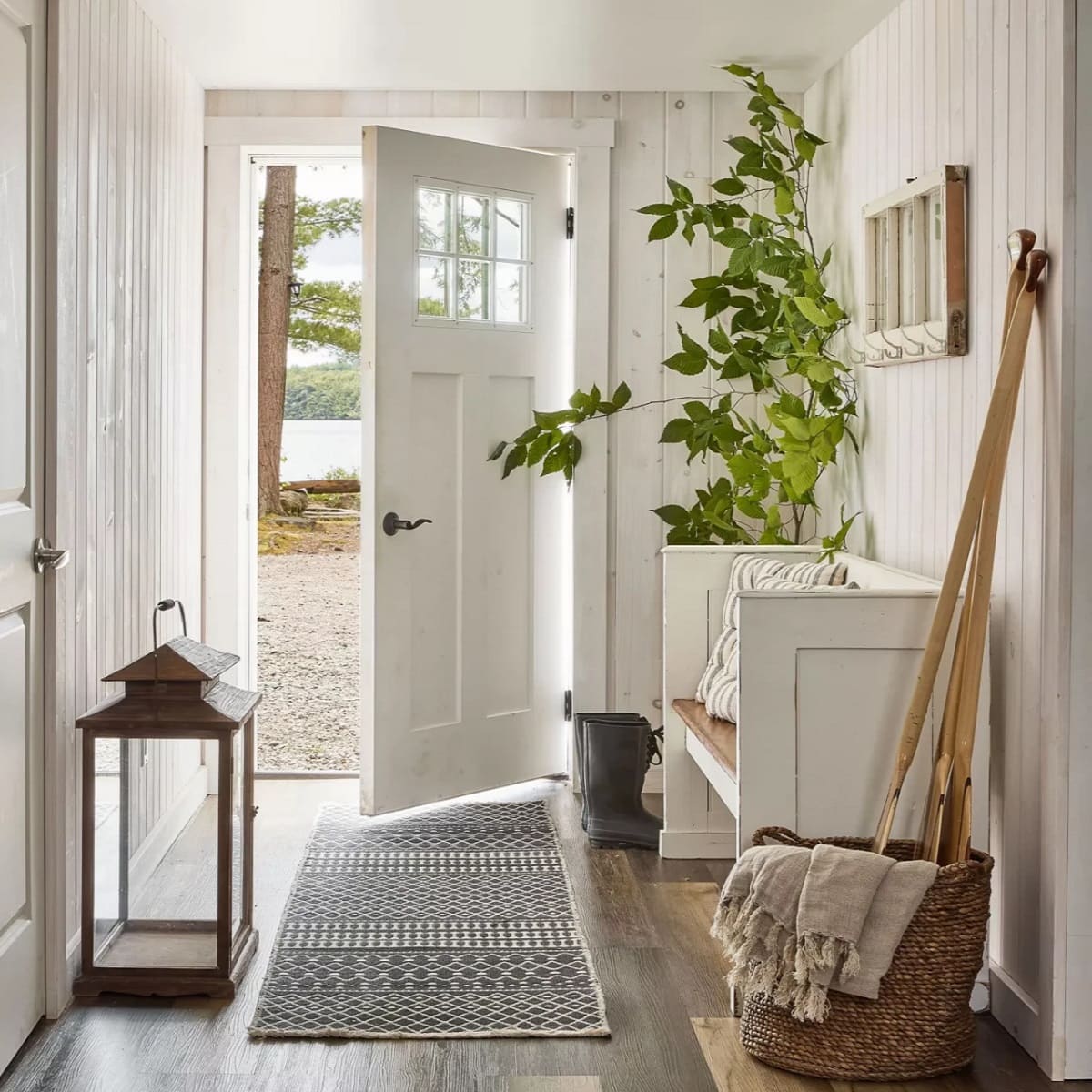


0 thoughts on “8 Kitchen Organizing Mistakes You’re Probably Making”